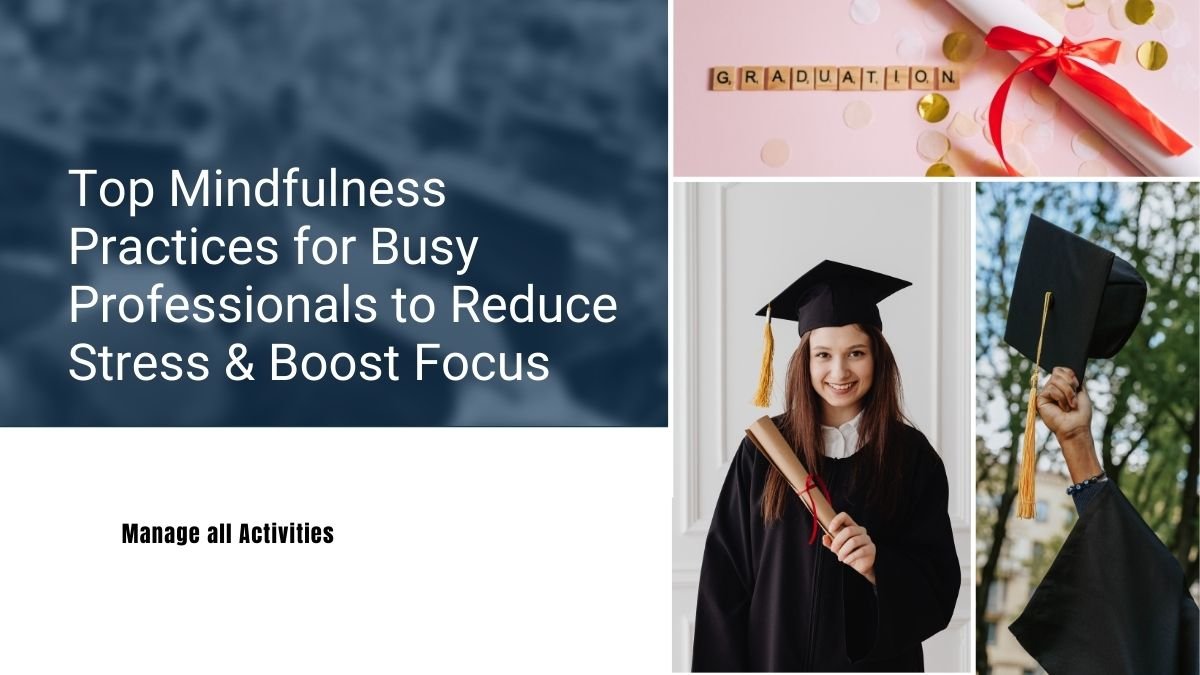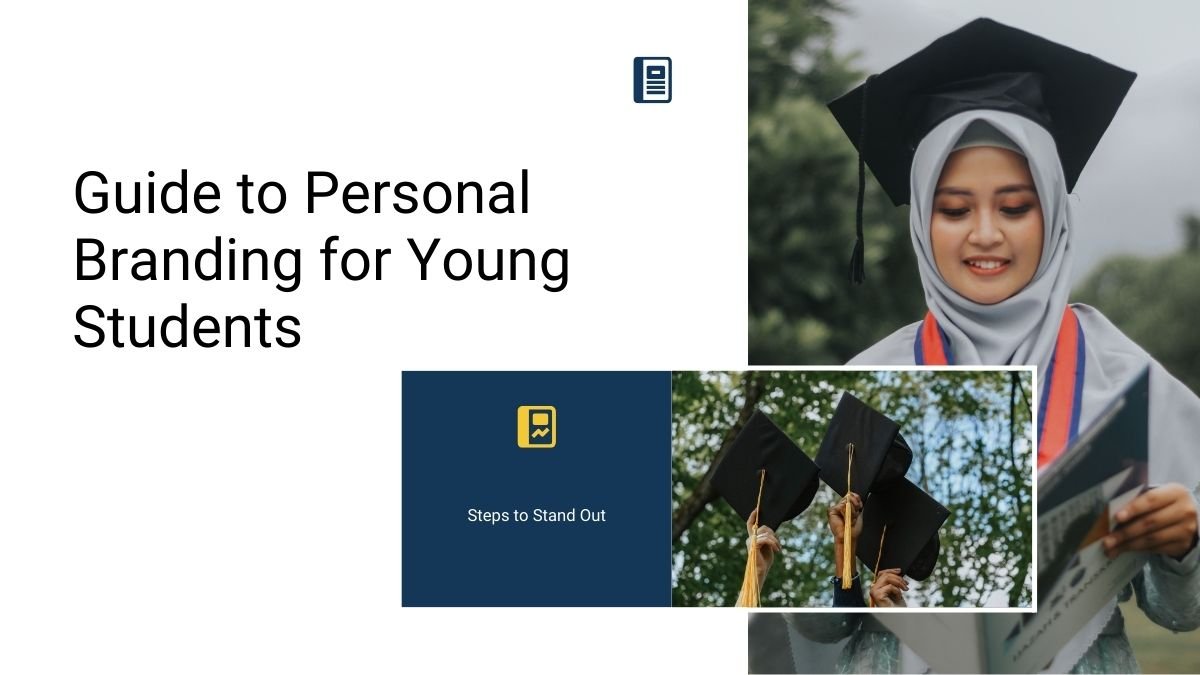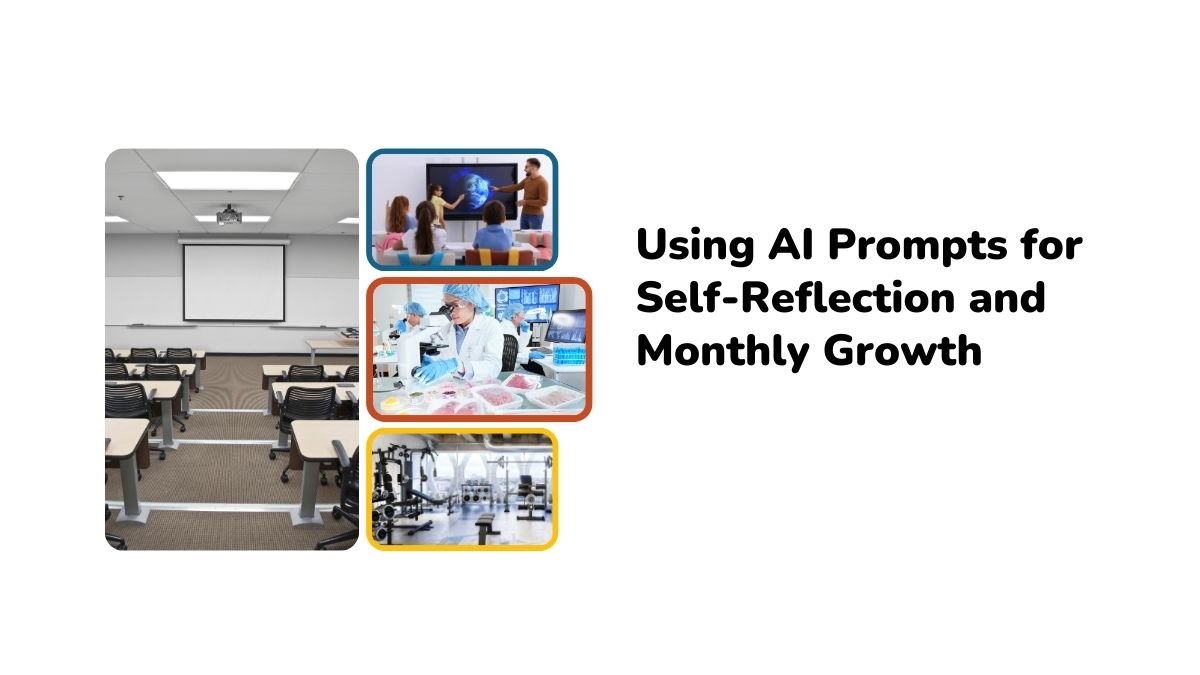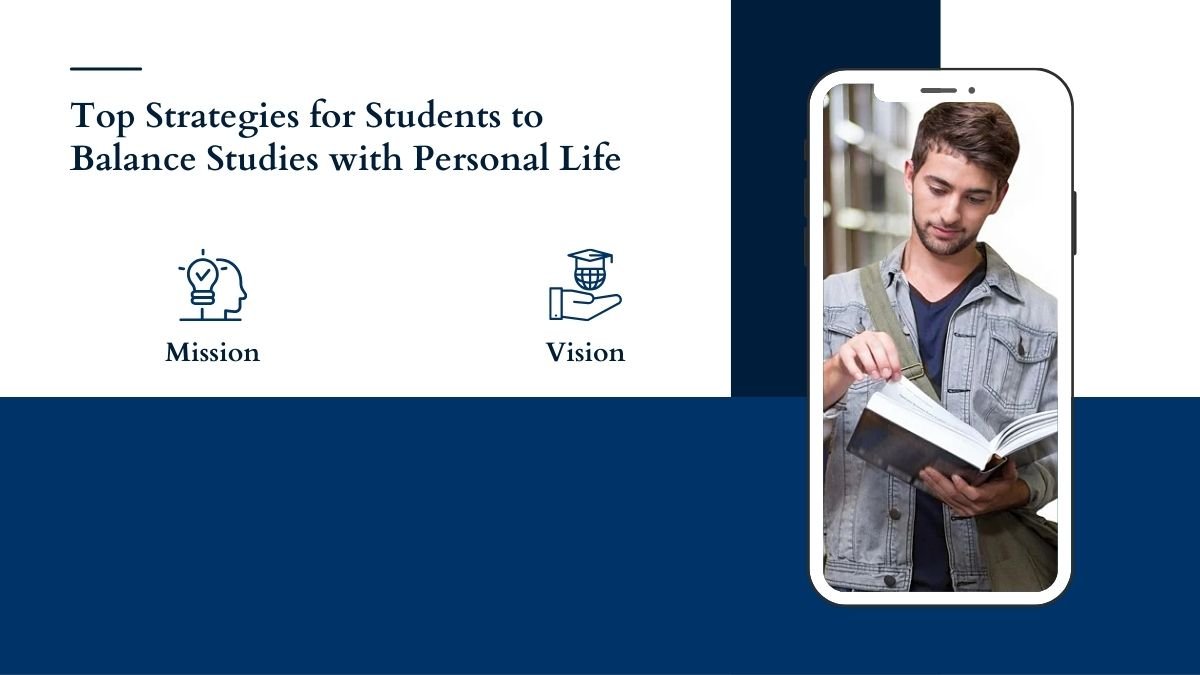Mindfulness for busy professionals- slight techniques, huge impact
These days, everyone is busy. Office work, household chores, giving time to relationships, and some time for oneself-there is so much to juggle. Under such circumstances, people find stress, irritability, or simply tiredness to come too quickly.
But can you imagine how wonderful it would feel once your mind and body relax, even if just for a few minutes, every single day? Mindfulness helps you do that. It entails not rigorous yoga or hours of meditation but rather tiny habits that you can easily slide into your daily schedule. Doing so is particularly beneficial for those perpetually on the go.
What is mindfulness?
Mindfulness means, in simple words, “being fully present in this moment”. The mind often wanders from what we are doing to something else. For instance, you may be sitting at your office desk, tense over the meeting scheduled for the next day, while another part of your mind is still checking emails at home, pretending to unwind.
Mindfulness teaches that whatever you do, give it your full107% focused attention. Don´t be nagged by whatever has happened in the past. Do not worry about tomorrow. Just live in the present moment with utmost awareness.
Why is mindfulness important?
- Stress Reduction: Mindful practices calm and relax the mind, subsequently reducing stress.
- Boosts Attention and Focus: Performing one task at a time increases productivity.
- Enhances Psychological and Physical Health: Makes for good sleep, regulates blood pressure, and acts as an immune booster.
- Better Relationships: Genuine listening and understanding deepens and enhances relationships.
Easy and Short Practice
So how can a busy person ever make such adjustments around such a tight schedule? There is no need for major alterations regarding this. The following simple practices can be done wherever and whenever.
1. Mindful Breathing-Focusing on the Breath
- Focus especially on the breath for 1 minute.
- Feel how air flows in through the nose and out through the nostrils.
- If the mind wanders away from the breathing experience at any point, gently bring its attention back to the breath.
This could be done right before entering a meeting at work, while waiting for an elevator, or just lying awake at home.
2. Body Scan- From Body to Mind
- Take an upright sitting posture or lie down.
- Gradually scan from your head down to your feet.
- Feel where you notice tension or heaviness, and gently let it go.
For instance, if the weight of computer sitting makes your neck or shoulders feel heavy, a body scan can bring considerable relief.
3. Senses Exercise- Going into the Sensory Experience
- Make five things visible.
- Touch and feel four things.
- Listen to three sounds.
- Two fragrances to smell.
- One taste.
This practice snaps you back to the present moment.
For example, when commuting on a bus or metro, if you start feeling bored or restless, it will help you sharpen your vision of the outside.
4. Mindful Walking- Walking as a Process of Meditation
- As you walk, feel your feet pounding the ground.
- Feel the rhythm of your steps.
- Simply walk with no hurry.
In short, this could be practiced while walking to the office canteen or taking a short walk in the park.
American practice of Mindfulness at Work
1. Start with intention
- Keep quiet for 1–2 minutes after finishing work or at the beginning of your work day.
- Take a deep breath.
- Be aware of what you have achieved today and how you want to spend the rest of the day.
2. Perform single-tasking.
- We are often willing to multitask, but that just tires the brain more.
- Perform one task at a time.
- This gets the work done quickly and well.
3. Take small breaks.
- All day on the screen tires the brain as well as the eyes.
- Earn a break of about 5 minutes every 1-2 hours.
- Look outside the window for trees, plants, or the sky.
4. Mindfully Transition
- While leaving one meeting or starting a new task, take a deep breath.
- It will focus your attention on the next task.
Habits to Follow for Long
1. Use Technology
- There are quite a number of apps available today, Calm and Headspace being two.
- These provide guided meditations of 5-10 minutes.
- Specially beneficial for the busy ones.
2. Begin slowly
- Initially, only 2-3 minutes will suffice.
- Gradually grow to 10-15 minutes.
- Daily practice is key, even for a short period.
3. Mindfulness on the Work Desk
- Clutter-free desk.
- Place a small plant or anything that brings you joy.
- It will also infuse pleasure into your heart.
4. Try out different ways
- Mindfulness can work in different ways for different people.
- Some like focusing on taste while they eat.
- Some prefer coloring.
- Some are aware of every movement in their body during exercise.
You try and find the one that suits you.
Mindfulness in Action
- When feeling nervous before a presentation at work: Spend 1 minute focusing on your breathing.
- During a traffic jam: Instead of getting mad, pause and take in the sights and sounds around you.
- While eating: Put the phone down and focus on every bite.
- While playing with your kids: Leave all work burdens and connect with them fully.
Final Thoughts
Mindfulness need not be time-consuming. Mindfulness actually refers to small habits that can largely make the day relaxed and easy. It is especially useful for the busy people who have been running since the morning till the night as an antidote to stress.
In case you want to remember nothing more than this: Small steps count. You do not need to keep hours aside for meditating. Just take 2-5 minutes out every day, gradually adding it to other targets in your routine.
When established as a habit, already your work will have improved, and so will have your sense of tranquillity, joy, and energy.








